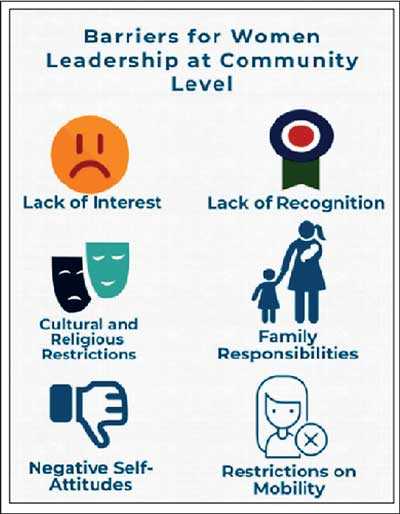Wednesday Feb 12, 2025
Wednesday Feb 12, 2025
Friday, 8 March 2019 00:00 - - {{hitsCtrl.values.hits}}
IPS Research Director Nisha Arunatilake
The 2019 Budget proposes to improve female labour force participation through several approaches. First, it proposes to improve child and elderly care facilities. In addition, the Budget proposes for schools to have childcare facilities in schools. Giving multiple options for childcare facilities is a welcome move. Not all female workers are  able to take their children to work, to be put in childcare facilities offered by the employers. Many low-skilled workers travel long distances in public transport to get to work. In such instances, they might prefer to have childcare facilities closer to home.
able to take their children to work, to be put in childcare facilities offered by the employers. Many low-skilled workers travel long distances in public transport to get to work. In such instances, they might prefer to have childcare facilities closer to home.
It is also encouraging to see that the Government is subsidising the wages of mothers on maternity leave. Many small firms can afford to pay wages to mothers on leave and continue with their business activities. It is better if these concessions can be extended to match those enjoyed by workers in the public sector to lessen the disparity between the two sectors.
The proposed amendments to legislation to allow part-time work, flexible work, and work from home are also welcome.
IPS Research Economist Sunimalee Madurawala
The 2019 Budget recognises the importance of increasing the female labour force in Sri Lanka, which has been stagnant at around 30%-36% for many years. Lack of child and elderly care facilities and inflexible labour laws have been identified as the main reasons for low FLFP by the Budget.
‘Gender Equality in Human Development: What’s Holding Sri Lanka Back?’ – this issue was discussed and solutions were proposed for this. More efficient government intervention in this regard, for instance, regulating and monitoring existing day-care centres and crèches, is a practical step that should be taken immediately. More formalised regulatory frameworks would also encourage the private sector to make more investments on day-care centres and crèches and thereby, close the gap in supply. Research on the female labour market issues also suggest that the provision of an allowance to working mothers, in order to cover childcare costs (for example, such as the Child Care Benefit (CCB) payment in Australia and Universal Child Care Benefit (UCCB) in Canada) would be beneficial to employees as well as to the economy as a whole, as it would bring down the work-related costs of working mothers and, thus, encourage them to remain in employment.
The importance of women’s leadership and barriers they face in taking leadership positions is highlighted below.
Discover Kapruka, the leading online shopping platform in Sri Lanka, where you can conveniently send Gifts and Flowers to your loved ones for any event including Valentine ’s Day. Explore a wide range of popular Shopping Categories on Kapruka, including Toys, Groceries, Electronics, Birthday Cakes, Fruits, Chocolates, Flower Bouquets, Clothing, Watches, Lingerie, Gift Sets and Jewellery. Also if you’re interested in selling with Kapruka, Partner Central by Kapruka is the best solution to start with. Moreover, through Kapruka Global Shop, you can also enjoy the convenience of purchasing products from renowned platforms like Amazon and eBay and have them delivered to Sri Lanka.
Discover Kapruka, the leading online shopping platform in Sri Lanka, where you can conveniently send Gifts and Flowers to your loved ones for any event including Valentine ’s Day. Explore a wide range of popular Shopping Categories on Kapruka, including Toys, Groceries, Electronics, Birthday Cakes, Fruits, Chocolates, Flower Bouquets, Clothing, Watches, Lingerie, Gift Sets and Jewellery. Also if you’re interested in selling with Kapruka, Partner Central by Kapruka is the best solution to start with. Moreover, through Kapruka Global Shop, you can also enjoy the convenience of purchasing products from renowned platforms like Amazon and eBay and have them delivered to Sri Lanka.